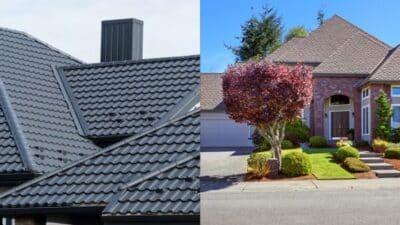Architects and designers face an ongoing challenge when trying to achieve flawless panel finishes in premium interiors while maintaining functionality and durability. The growing demand for clean lines and invisible detailing in modern architecture has pushed the industry to seek solutions that go beyond traditional mounting methods.
This is where innovative panel mounting systems transform both the design process and the final result. Concealed fixing systems have emerged as the definitive solution for achieving seamless aesthetics without compromising structural integrity.
What makes modern panel mounting systems revolutionary?
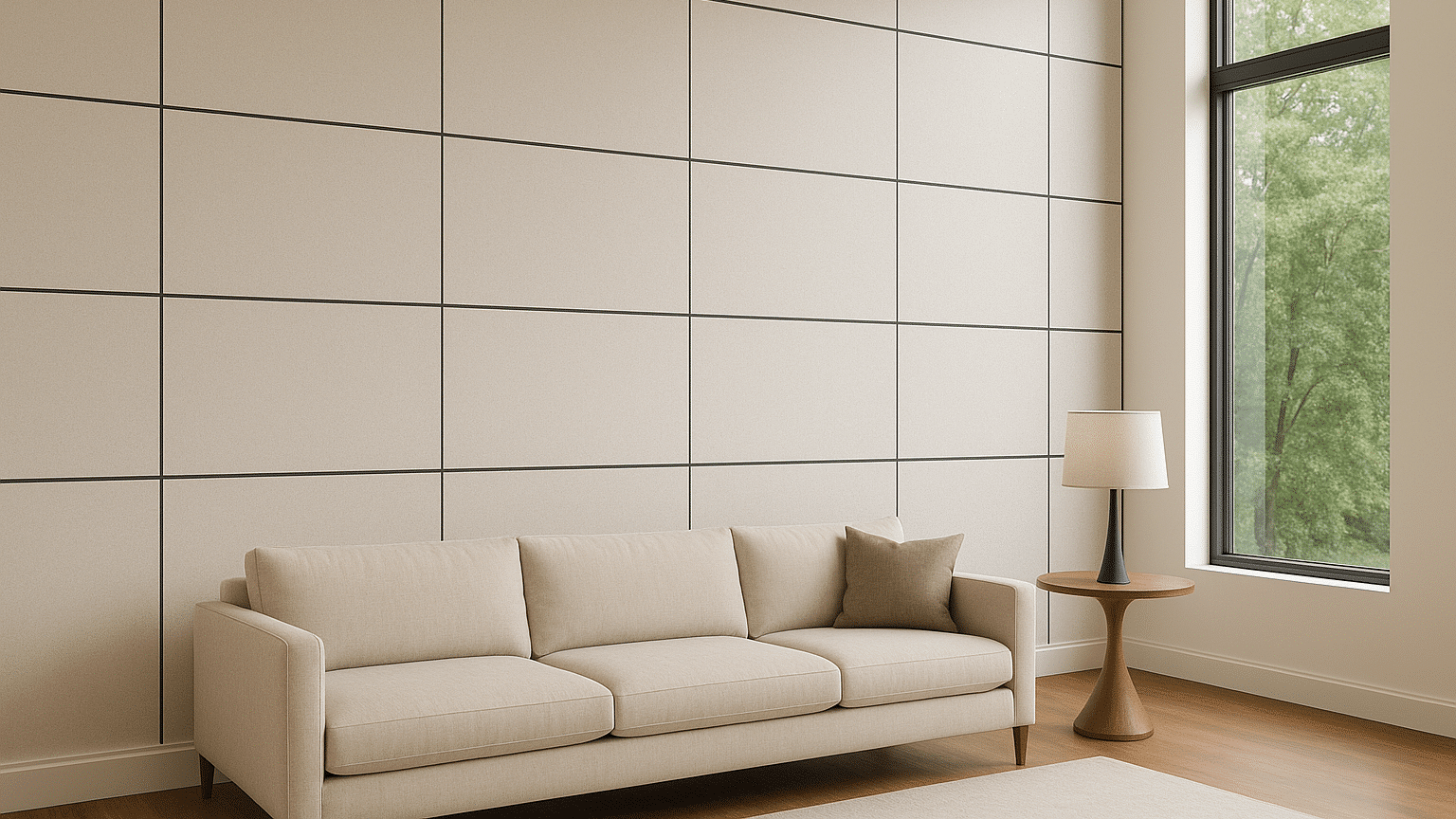
Traditional mounting methods have long constrained designers, forcing compromises between aesthetics and functionality. Modern concealed fixing systems eliminate these limitations through several breakthrough innovations.
Hidden fixings represent the most significant advancement. Unlike traditional methods that interrupt clean lines with visible hardware, advanced panel mounting clips remain completely concealed beneath finished surfaces. This allows designers to achieve uninterrupted visual flow across large panel installations.
Modularity and interchangeability provide unprecedented flexibility during both installation and future modifications. Panels can be removed, repositioned, or replaced without disturbing adjacent panels or damaging substrate.
Quick, efficient installation saves valuable time during construction while ensuring consistent results. Professional installers appreciate systems that reduce complexity without sacrificing precision.
Secure and durable positioning addresses long term performance concerns that plague traditional fastening methods. Advanced clip systems distribute loads effectively while maintaining their holding power over time.
These innovations transform the design and build process, enabling architects to pursue ambitious aesthetic goals while meeting practical requirements for maintenance and durability.
Problems that modern systems solve
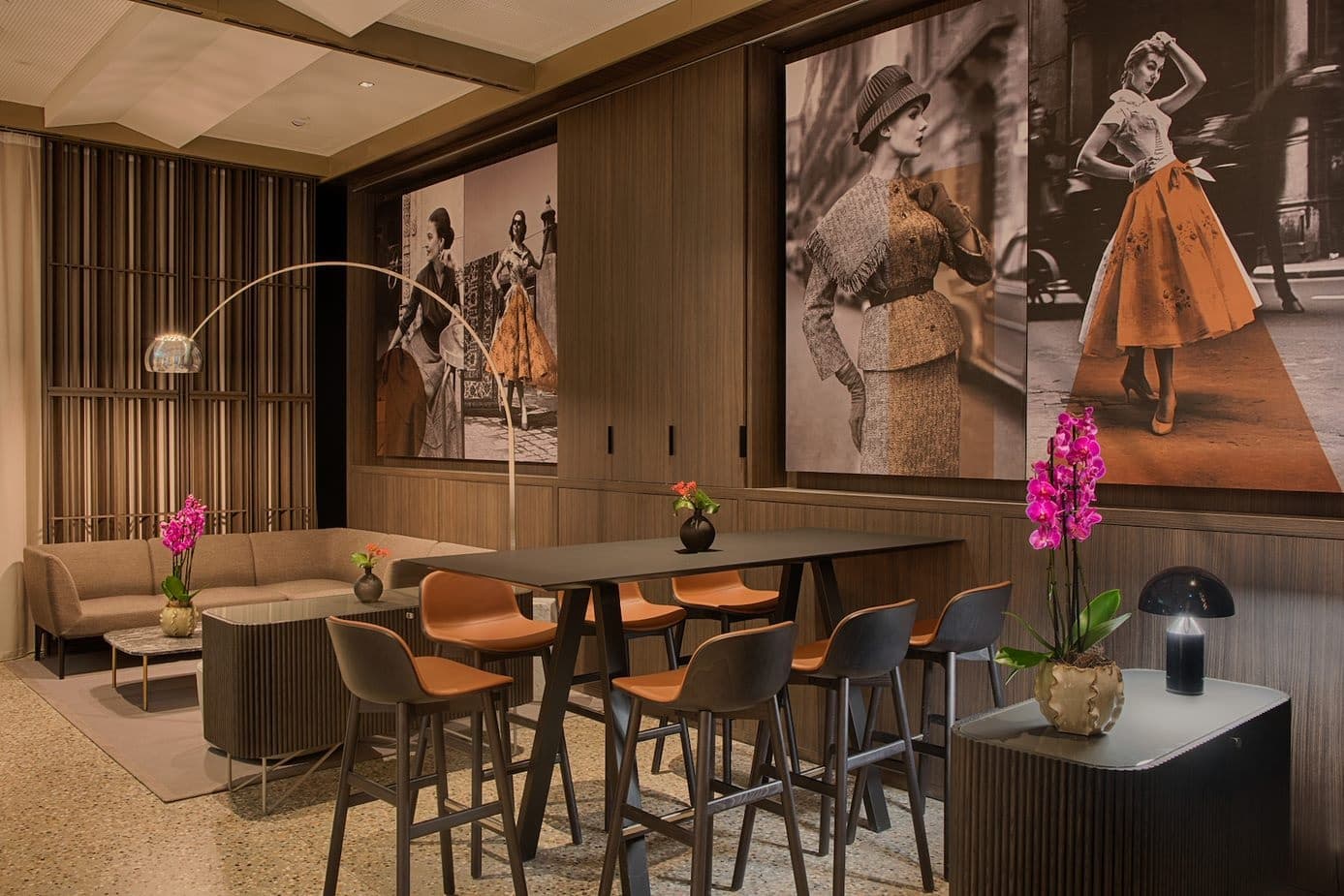
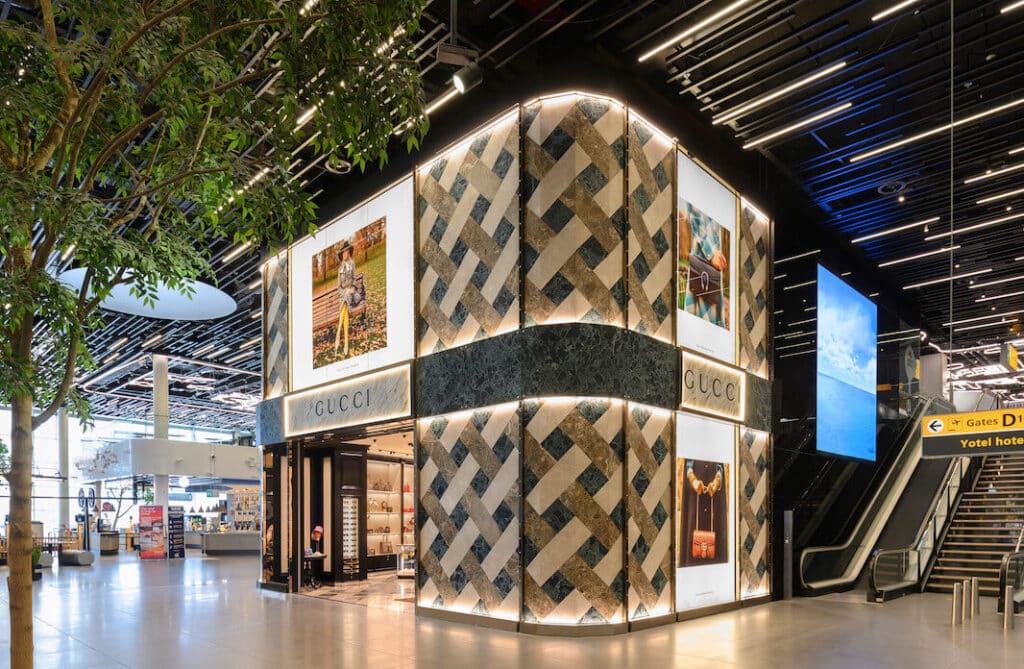
Traditional mounting methods create persistent challenges that affect both initial construction and long term building performance.
Visible hardware disruption remains the most obvious limitation. Exposed screws, clips, and fasteners compromise the clean aesthetic that defines contemporary architecture. This visibility becomes particularly problematic in luxury residential projects and high end commercial spaces where every detail contributes to the overall impression.
Alignment inconsistencies plague conventional systems, making it difficult to achieve perfectly flush panel installation. Traditional fasteners offer limited adjustment capability once installed, often requiring complete reinstallation to correct positioning errors.
Maintenance complications arise when panels need cleaning, repair, or replacement. Conventional fasteners frequently require specialized tools or risk damaging surrounding materials during removal.
Failure in challenging environments represents a significant concern. Standard fasteners corrode, loosen, or stain adjacent materials when exposed to moisture, temperature fluctuations, or regular use cycles.
Installation inefficiencies increase project costs and timelines. Complex fastening procedures require skilled labor and multiple adjustment phases to achieve acceptable results.
Modern concealed systems eliminate these limitations, offering precision, creative freedom, and long term reliability that traditional methods simply can’t match.
Applications in contemporary architecture
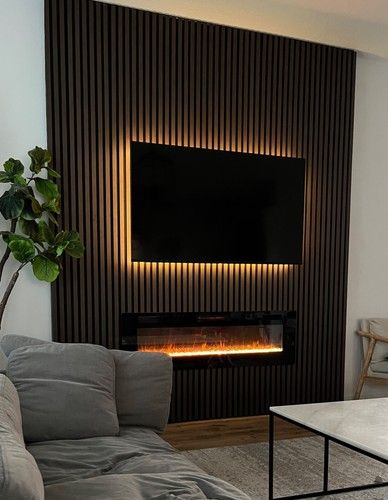
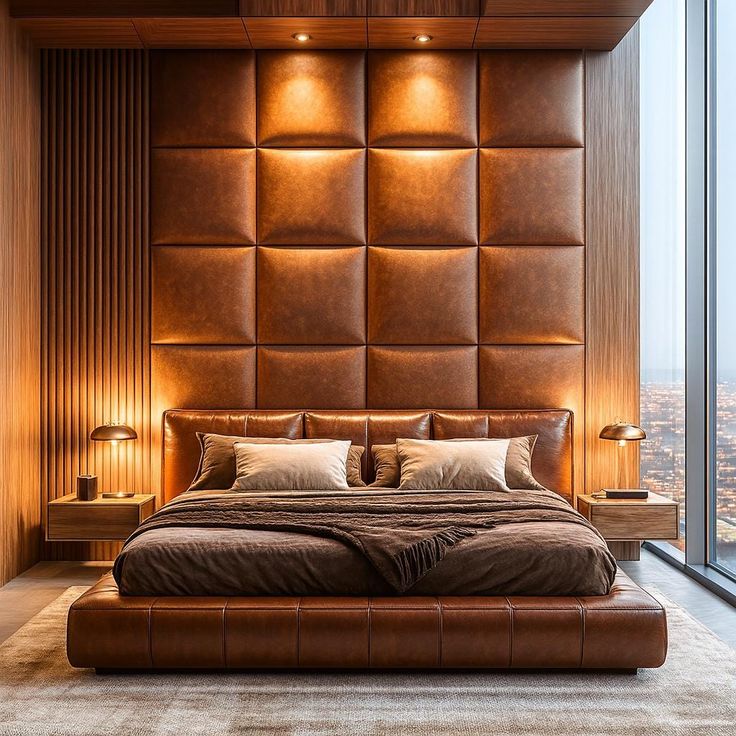
Architectural panel systems have been adopted for a wide range of projects across many sectors, each benefiting from the unique advantages of concealed mounting technology.
Residential applications: Modern homes featuring extensive wall paneling achieve clean, uninterrupted surfaces that emphasize material beauty and geometric precision. Interior designers can create dramatic feature walls without visible interruptions, while architects can execute complex panel layouts with confidence in the final result.
Commercial environments: In these projects, practical durability is also needed. Office buildings, retail spaces, and hospitality venues benefit from panels that can be quickly removed for maintenance or reconfiguration without disrupting operations. The ability to access service systems behind panels while maintaining perfect visual consistency proves invaluable in high traffic commercial spaces.
Healthcare and educational facilities: These environments require frequent cleaning and maintenance capabilities. Concealed systems allow complete panel removal for deep sanitization while ensuring secure reattachment that withstands heavy daily use.
Cultural and exhibition spaces: This is where architectural creativity really shines with the flexibility of modular panel systems being leveraged for changing displays and temporary installations. Museums and galleries can reconfigure wall systems without leaving permanent mounting evidence.
Real world examples of architectural excellence


Concealed mounting systems have been used for both residential and commercial architectural projects to great effect.
Elwood House in Melbourne is a prime example of how clean lines can be crafted through concealed panel fixings. The project required precise alignment, with a geometric wall panel feature wall running the length of the lounge room wall and onto the ceiling.
BVLGARI’s 125th Anniversary exhibition at the Grand Palais in Paris presented extreme mounting challenges. The installation required secure mounting for fifteen 8.5 meter high pyramid structures designed to replicate complex diamond cuts. Italian fabricators C.M. Wood and Green Allestimenti identified Fastmount as the only system capable of providing both the precision and reliability needed for this high profile luxury installation.
These projects highlight how concealed mounting technology enables ambitious design concepts that would be impossible with traditional fastening methods.
Selecting the right system for your project
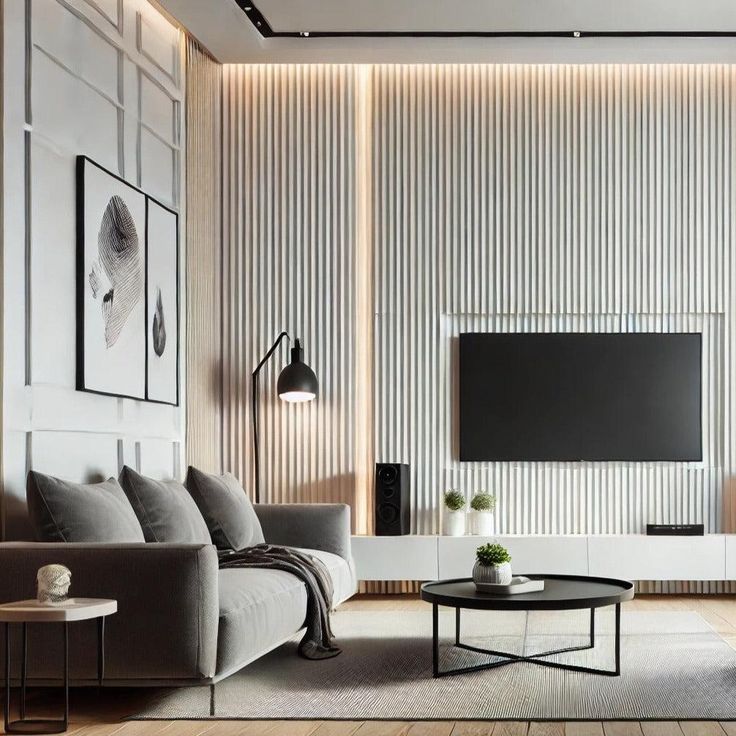
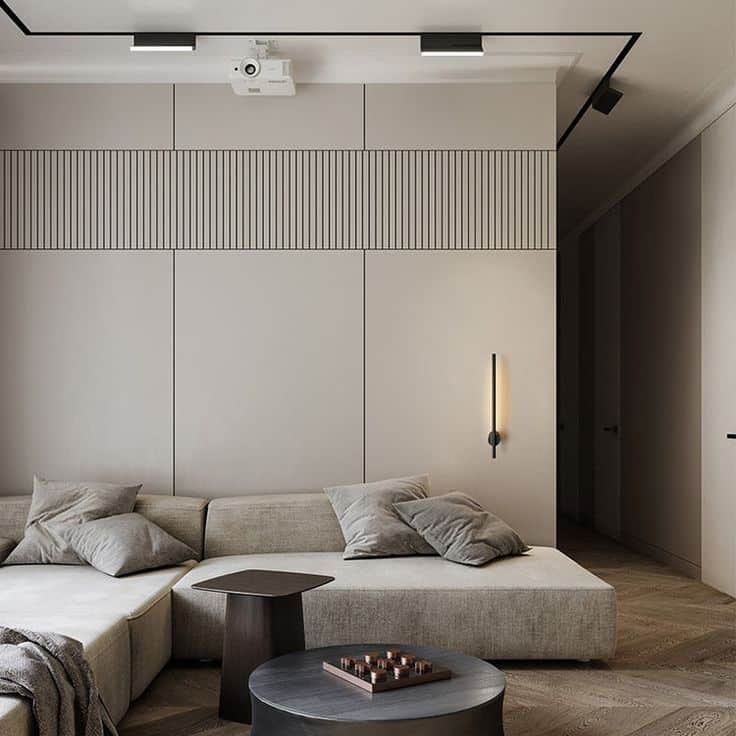
The use of hidden mounting systems for clean lines requires careful consideration of project specific requirements and the goals of your project.
Material compatibility affects both aesthetic and structural outcomes. Different panel materials and substrate conditions require appropriate mounting solutions that accommodate material properties and thermal movement.
Load requirements must account for panel weight, building movement, and user interaction. Environmental forces like wind or vibration may also affect system performance. Understanding these load factors ensures long term system reliability.
Environmental conditions influence material selection and system design. Projects in very humid environments, outdoor applications, or areas with temperature fluctuations need systems engineered for those specific challenges.
Access frequency determines the importance of tool-free removal capabilities. Projects requiring regular maintenance or reconfiguration benefit significantly from systems enabling quick panel removal.
Installation complexity should align with available workforce capabilities and project timelines. While advanced systems offer superior results, successful implementation requires appropriate planning and execution.
Budget considerations extend beyond initial hardware costs to include long term maintenance savings. Quality concealed systems often provide better overall value through reduced lifecycle costs and enhanced project outcomes.
Professional Results Require Professional Solutions
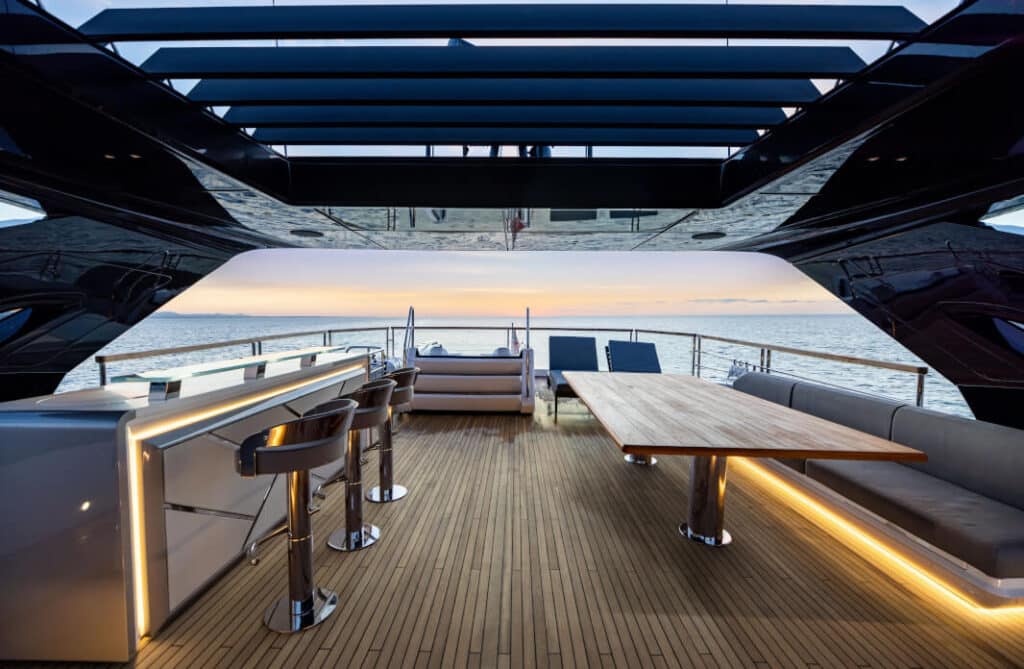
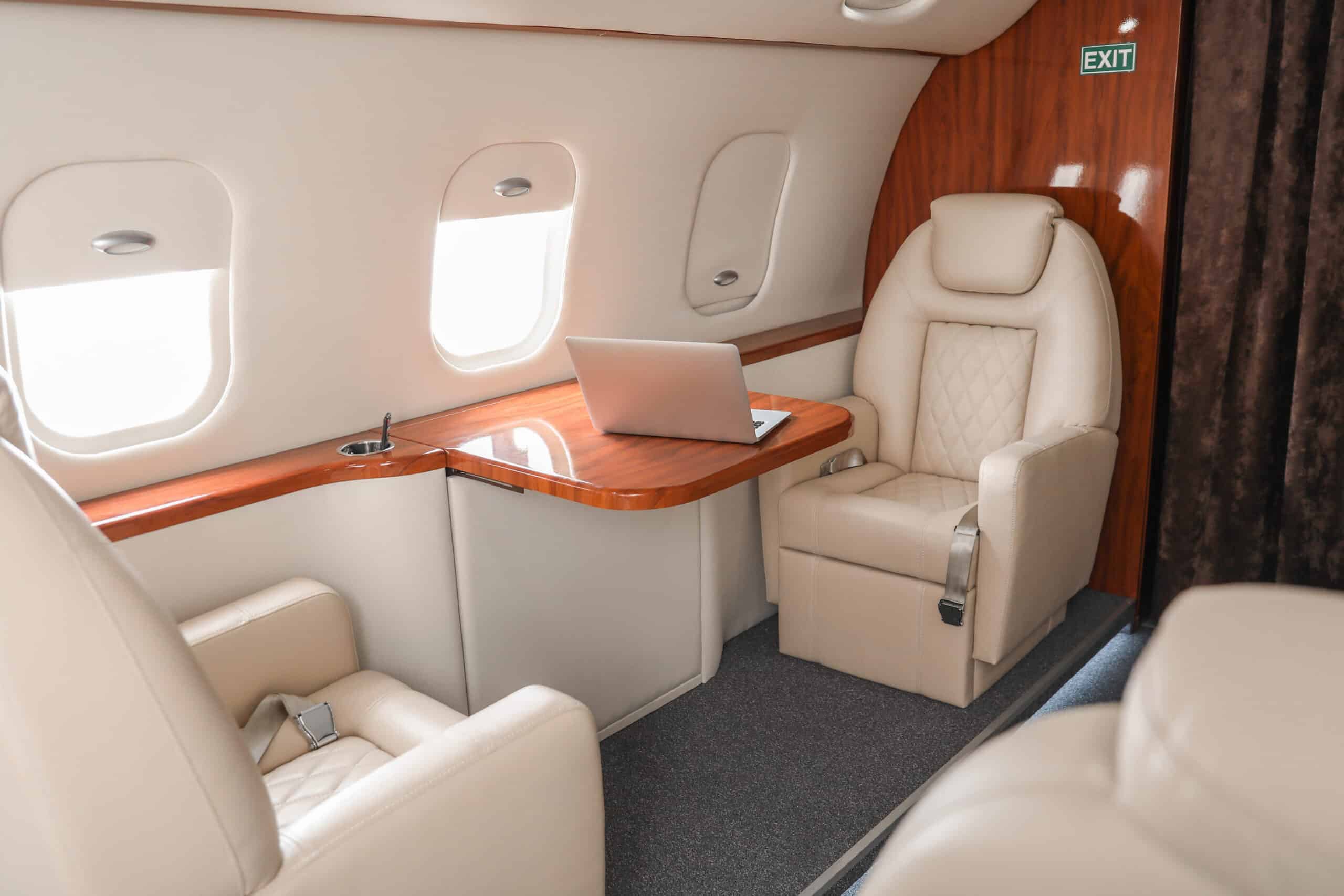
The difference between standard and exceptional panel installations often comes down to the mounting system. While traditional fasteners may seem adequate initially, they create long term problems with maintenance, alignment, and aesthetics that affect both building performance and client satisfaction.
Professional architects understand that clients evaluate their work not just on initial appearance, but on how well it performs over years of use. Mounting systems that become loose, show wear, or complicate maintenance detract from the quality of the overall project.
Concealed panel mounting systems enable professionals to deliver installations that maintain their precision and appearance over time. The combination of hidden mounting, load strength, and maintenance friendly design creates lasting value for both the architect and the building owner.
For architects committed to delivering superior results in contemporary panel installations, advanced concealed mounting technology has become essential. The ability to achieve seamless aesthetics while maintaining practical access and long term durability represents a fundamental improvement in building technology.
For detailed guidance on implementing concealed systems effectively, architects can reference comprehensive resources in Fastmount’s
Technical Library, or speak with a licensed distributor.
- 0shares
- Facebook0
- Pinterest0
- Twitter0


